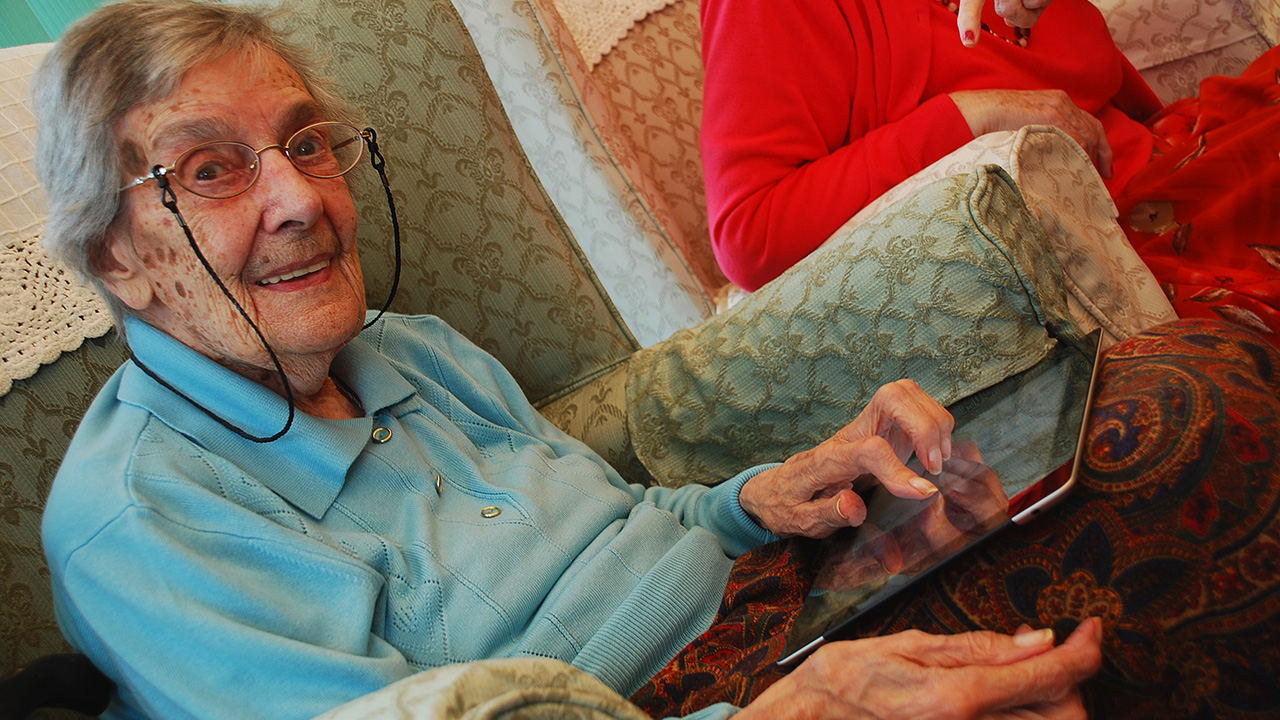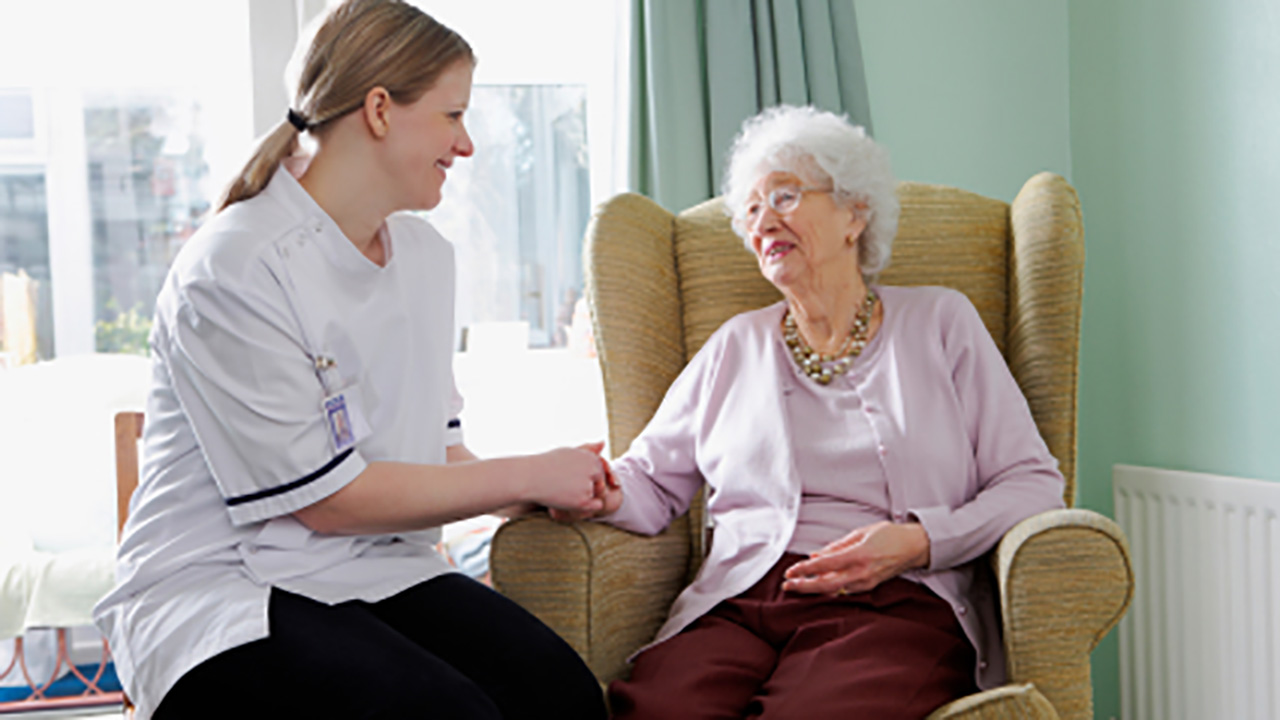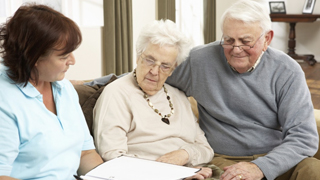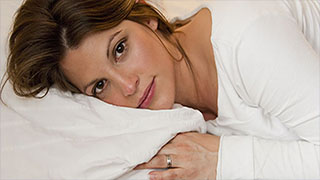What is Sheltered Housing?
Sheltered housing is popular, because it still provides the older person with some independence, yet with a little more support
Sheltered housing means your own flat or bungalow in a block, or on a small estate, where all the other residents are older people (usually over 55). With a few exceptions, all developments provide independent, self-contained homes with their own front doors
Managed schemes will also usually have some shared or communal facilities such as a lounge for residents to meet, a laundry, a guest flat and a garden.
One of the most attractive features of sheltered housing is that the homes generally have a 24-hour emergency alarm and often a warden, who lives either on-site or close by
Properties in most schemes are designed to make life a little easier for older people – with features like raised electric sockets, lowered worktops, walk-in showers, and so on. Some will usually be designed to accommodate wheelchair users. And they are usually linked to an emergency alarm service to call help if needed.
The warden is in charge of the overall site and responds to any emergency alarms. They also get to know the residents and inform them about the local services and support available. They do not actually provide any care themselves
There are many different types of scheme, to rent, or to buy. They usually contain between 15 and 40 properties, and range in size from studio flats through to 2 and 3 bedrooms
Because most sheltered housing is either provided by housing associations or by the councils themselves, the best source of information for someone who is interested in finding out more is to contact the housing department or their local council
There are a number of property companies that are building private sheltered housing to buy or rent, this can be explored on a local basis
New forms of sheltered housing have been pioneered in recent years, to cater for older people who are becoming more frail and less able to do everything for themselves. These are known as extra care or very sheltered schemes. Most properties in these schemes will suit less mobile people and wheelchair users, and bathrooms particularly will be designed to make it easier for assistance to be offered. Schemes may have their own care staff, and will usually provide one or more meals each day, if required.
People wanting to obtain a place in sheltered housing need to go through an application process which will assess their financial situation and what their mobility needs might be
Often there is a waiting list for sheltered housing and most councils allocate their sheltered housing based on greatest need. But the housing department will be able to give people an indication of how long this list is and what the process is that someone needs to go through in order to apply for a place











